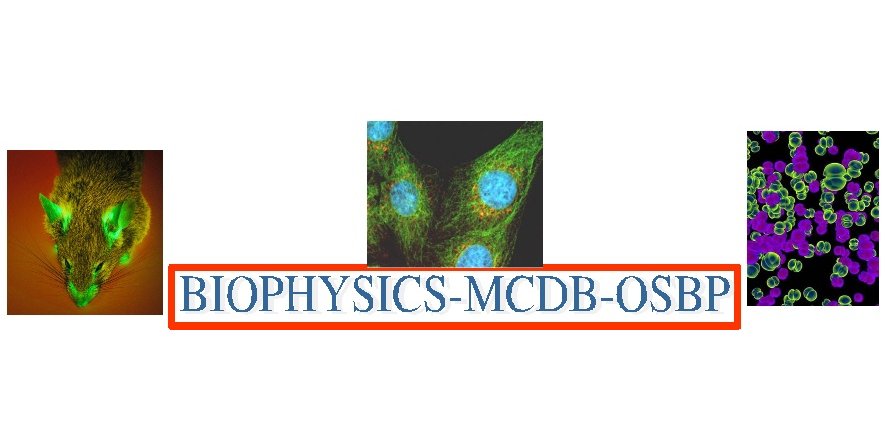Interdisciplinary Graduate Programs Symposium

2010 OSU Molecular Life Sciences
Interdisciplinary Graduate Programs Symposium

Poster abstracts
Abstract:
β-Carotene (BC) is the major dietary source of provitamin A. Two pathways lead to the cleavage of BC: central (symmetric) cleavage and eccentric (asymmetric) cleavage. β-Carotene oxygenases (BCOs) are the enzymes involved in cleavage of BC. Central cleavage of BC is catalyzed by BCO1 and yields two molecules of retinal that can be further oxidized to retinoic acid. Eccentric cleavage of BC is catalyzed by BCO2 in which the polyene chain of BC is cleaved at double bonds other than the central double bond. In this study, we investigated the effects of eccentric cleavage products of β-carotene, i.e. β-apocarotenoids (BACs), on retinoid X receptor alpha (RXRα) signaling. Transactivation assays were performed to test whether BACs activate or antagonize RXRα. Reporter gene constructs (RXRE-Luc, pRL-tk) and RXRα were transfected into Cos-1 cells and used to perform these assays. None of the BACs tested activated RXRα. Among the compounds tested, β-apo-13-carotenone was found to antagonize the activation of RXRα by 9-cis-retinoic acid and was effective at concentrations as low as 1nM. Molecular modeling and docking studies revealed that β-apo-13-carotenone can make molecular interactions like all-trans-retinoic acid which induces an antagonistic tetramer complex of RXRα. These results suggest a possible function of BACs on RXRα signaling.
References:
1. Harrison et al., Mechanism of Digestion and Absorption of Dietary Vitamin A, Ann. Rev. Nutr. 35 (2005) 87-103.
2. Von Lintig et al., Filling the gap in vitamin A research. Molecular identification of an enzyme cleaving β-carotene to retinal, J. Biol. Chem. 275 (2000) 11915–11920.
3. Mangelsdorf et al., Nuclear receptor that identifies a novel retinoic acid response pathway, Nature 345 (1990) 224-229.
4. Curley & Fomble et al., Photoisomerization of Retinoic Acid and its Photoprotection in Physiologic-Like Solutions, Photochem. Photobiol., 47 (1988) 831-836
5. Gampe et al., Structural basis for autorepression of retinoid X receptor by tetramer formation and the AF-2 helix, Genes Dev. 14 (2000) 2229-2241.
6. Egea et al., Crystal structure of the human RXRα ligand-binding domain bound to its natural ligand: 9-cis retinoic acid, EMBO J. 19 (2000) 2592-2601.
Keywords: beta-apocarotenoids, beta-apo-13-carotenone, molecular modeling and docking, retinoid X receptor alpha